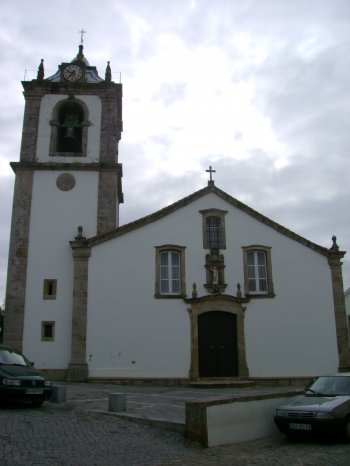Explore the best places
Monuments in Sertã
Igreja da Misericórdia da Sertã
- heritage
Rua da Misericórdia
6100-749, Sertã
The church comprises a nave, sacristy, and outbuildings, notable for its gilded high altar, 18th-century figurative and geometric tile panels, Renaissance portico, and Gothic window. The nave's ceiling paintings are by Joaquim Silva Motta.
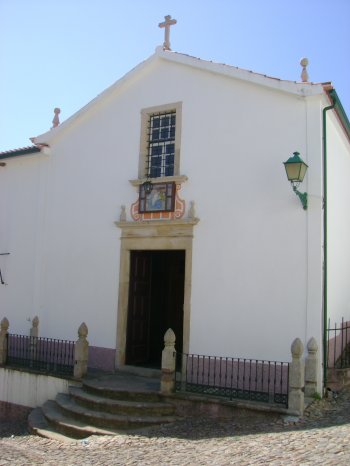
Ponte da Carvalha
- heritage
Alameda da Carvalha
6100-730, Sertã
A bridge composed of six full arches, with a watershed, a ramped deck, and a masonry parapet. This bridge provided one of the connections between Idanha and Abrantes. It is believed to have been built between the 1st and 1st centuries BC.
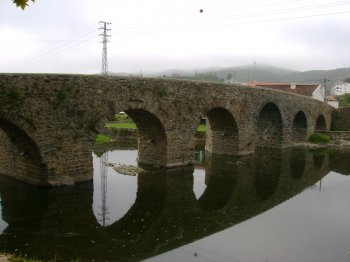
Convento de Santo António
- heritage
Rua do Convento, 12
6100-597, Sertã
In the past, this was the men's convent of the Order of Saint Francis, consisting of a nave, chancel, two-story convent outbuildings, and a cloister. Note the frescoes in the nave and chancel.
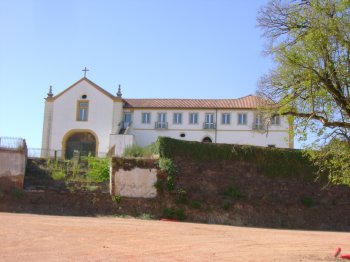
Castelo da Sertã
- heritage
Miradouro do Castelo
6100-631, Sertã
A medieval mountain castle with schist walls. Inside, it has a quadrangular tower and a single-nave church with a narrower chancel and bell tower, the Church of Saint John the Baptist. The castle was abandoned for centuries and was only rebuilt in 1998. The tower and some sections of the schist wall remain from the original monument. The founding of this fortification is attributed to Sertorius. It was rebuilt by Count Henry and, in 1174, was donated by his son to the Hospitallers.
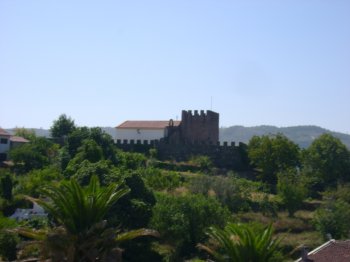
Igreja de São Pedro/Igreja Matriz da Sertã
- heritage
Rua Doutor Ângelo Henriques Vidigal
6100-758, Sertã
The church, with its early Gothic style, was later expanded with Renaissance and Baroque elements. The carved high altar, pulpit, side altars, tiles, and ceiling decorations are prominent features of the church's interior. The sacristy's highlights include the 16th-century altarpieces of Saint Peter on the throne and the Martyrdom of Saint Peter.
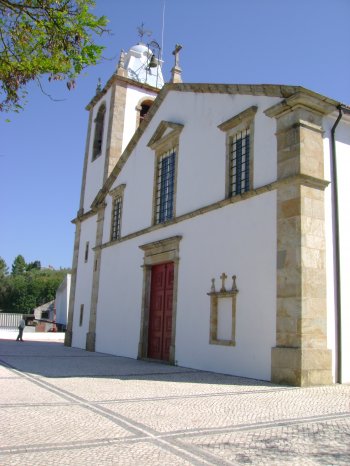
Pelourinho de Pedrógão Pequeno
- heritage
Praça Doutor Ângelo Henriques Vidigal
6100-552, Sertã
This pillory has a round base with three steps, flat shaft topped by two frames and finished by two overlapped spheres; one is gore and the other armillary.
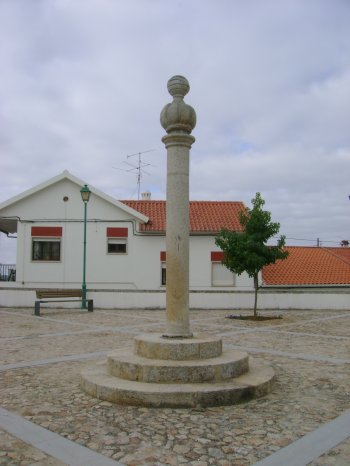
Pelourinho da Sertã
- heritage
Rua Doutor Romão de Mascarenhas
6100-763, Sertã
Dated from the 16th century, from the original pillory it only persisted the end in square pyramid with the national and town Coat of Arms, the armillary sphere and Malta Cross that were inserted during this century reconstruction.
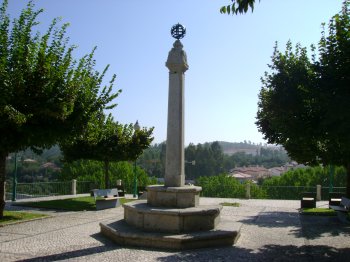
Busto de Ângelo Pedro Farinha
- heritage
Largo do Município
6100-738, Sertã
Angelo Peter Flour was Mayor of the municipality of Sertã between 1982 and 1994. In the year in which he died was in Office. After him came this black marble monument, placed at the center of a landscaped space.
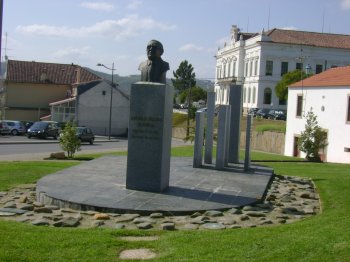
Estátua de Padre Manuel Antunes
- heritage
Alameda da Carvalha
6100-730, Sertã
Born in Sertã, in 1918. In addition to a priest, he was a professor of his order and the Faculty of letters of Lisbon. He left some writings on literary, philosophical and cultural themes. Became Director of the magazine where he wrote Brotéria, magazine that ran for 20 years. Is undoubtedly the most illustrious figures of Sertã.
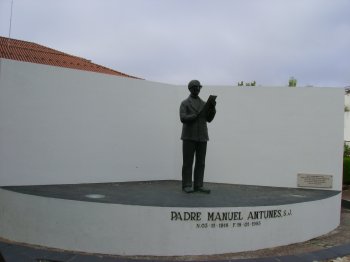
Igreja Matriz de Pedrógão Pequeno
- heritage
Rua Eduardo Conceição e Silva
6100-559, Sertã
This church was founded on the 12th century and it underwent several transformations due to its continuous reconstruction work. It is composed by three naves and main chapel, two sacristies, main chapel, two lateral chapels and bell tower. Presently it displays a Manueline physiognomy. On the inside it is worthy to mention the altars, the altarpiece in gold carving, the statuary, and the scenes representing São João Baptista life on the central nave.
